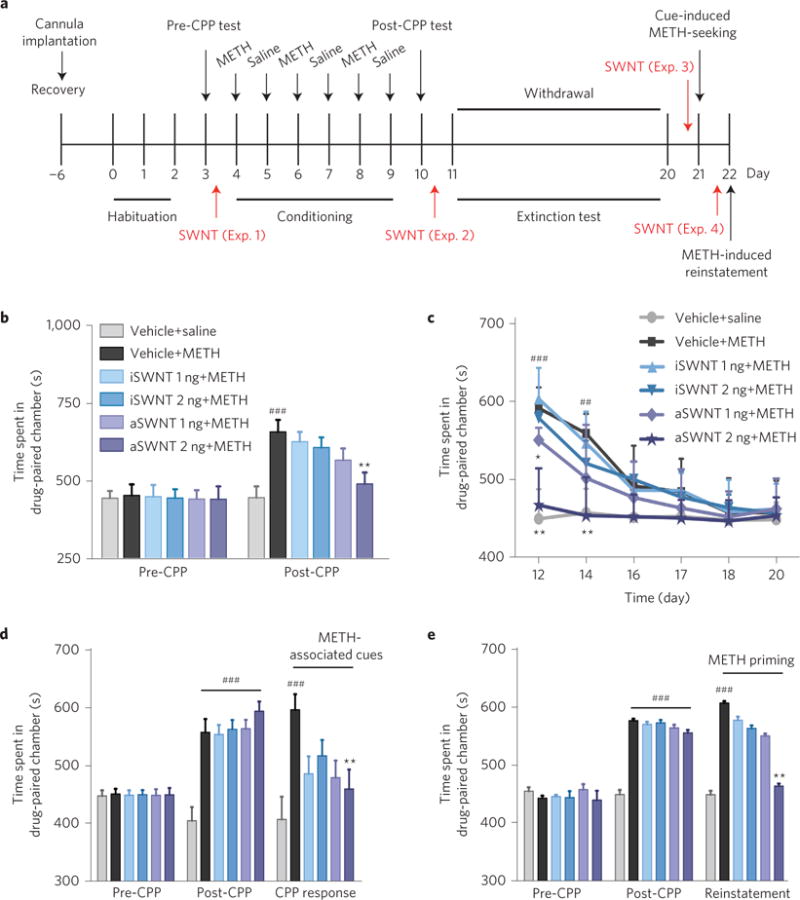Figure 2. Effects of SWNTs on METH-induced CPP, extinction of CPP and reinstatement of CPP.

a, Timeline for the CPP experiments. Four groups of mice were used to assess the effects of SWNTs on METH-induced CPP (Exp. 1), CPP extinction (Exp. 2), cue-induced CPP response (Exp. 3), and METH-induced reinstatement of CPP (Exp. 4), respectively. Each group of mice was then randomly divided into 6 subgroups (n = 7 mice per subgroup). b,c, Pretreatment with aSWNTs, but not iSWNTs, inhibited the acquisition of METH-induced CPP (b, F5,36 = 5.34, p < 0.001) and facilitated the extinction of METH-induced CPP (c, F5,36 = 7.92, p < 0.001). d,e, Pretreatment with aSWNTs, but not iSWNTs, significantly inhibited the cue-induced CPP response (d, F5,36 = 4.48, p < 0.001) and METH-induced reinstatement of CPP (e, F5,36 = 5.72, p < 0.001). The error bars indicate s.e.m. of the mean from 7 mice in each subgroup. ##p < 0.01 and ###p < 0.001, compared with the vehicle+saline group (grey bars). *p < 0.05, **p < 0.01 compared with the vehicle+METH group (black bars).
